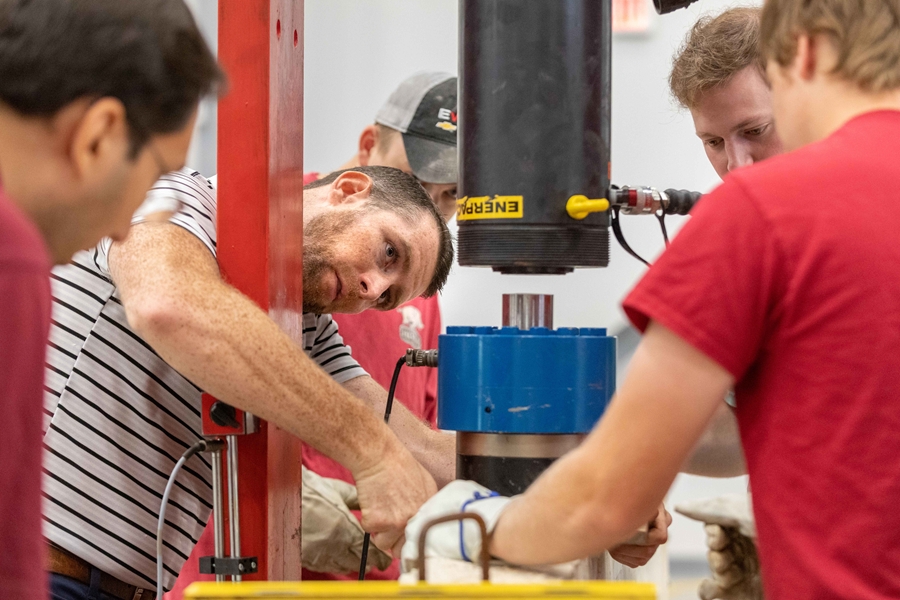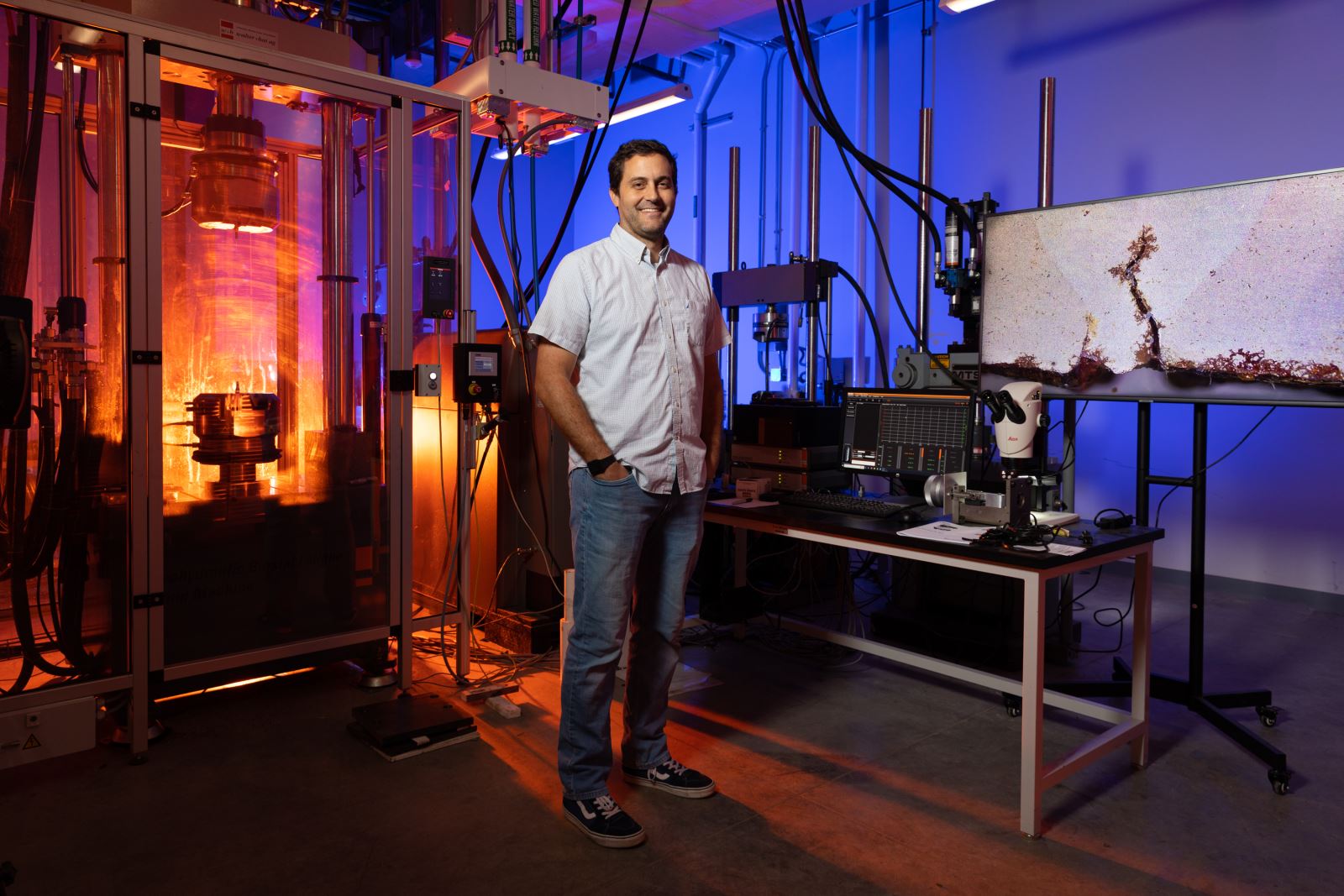
The U.S. Army Corps of Engineers awarded $500,000 to the U of A to design rapidly constructible bridges.
Gary Prinz and Cameron Murray, both professors of civil engineering, will serve as co-principal investigators. The goal is to develop creative solutions for the design and construction of temporary bridges that can go from storage to fully operational in a few hours.
“Barriers that impede the movement of soldiers, equipment and supplies represent an important logistical and engineering challenge for the military,” Murray explained. “A quick-to-assemble bridge, especially one that can be semi-permanent, is a game changer, which is why the U.S. Army Corps of Engineers is so interested in this topic. They already have bridges that are used in combat, but we hope to create structures with unique features that make them ideal for quick assembly by a small team of personnel."
 |
| Gary Prinz |
Prinz, who also serves as the director of the Grady E. Harvell Civil Engineering Research and Education Center, will oversee the development of the overall structural system and superstructure design. This will include investigation of “tensegrity” (the combination of tension and integrity) structural design concepts where loads are supported through a deployable balance of compression and tension elements.
Prinz will also investigate origami design concepts for efficient folding and compact storage, as well as compliant mechanism connections to simplify construction while providing necessary freedom of movement. He’ll oversee computer modeling and simulations of the concept bridges under static and dynamic loads, as well as create a 1/16 scale prototype to verify real-world functionality.
Concurrently, Murray will oversee the development of the deck concepts and concrete mixture design. This will include examination of concrete fabrics usually used for water and slope applications, such as lining ponds or stabilizing stream banks.
One concept will examine the feasibility of a roll-out deck based on the same basic structure of a roll-top pickup truck bed cover that can be carried by two people and placed end-to-end on the superstructure until the desired length is achieved. Another concept Murray will explore is the use of pre-proportioned rapid-setting concrete that can be mixed with water and cast on site. Finally, he will examine the feasibility of an aluminum deck that can be bolted onto the superstructure.
Ultimately, if Prinz and Murray are successful in their preliminary concepts and investigations, they hope it will lead to a scaling up of the prototype and future testing and implementation.
About the University of Arkansas: As Arkansas' flagship institution, the U of A provides an internationally competitive education in more than 200 academic programs. Founded in 1871, the U of A contributes more than $2.2 billion to Arkansas’ economy through the teaching of new knowledge and skills, entrepreneurship and job development, discovery through research and creative activity while also providing training for professional disciplines. The Carnegie Foundation classifies the U of A among the few U.S. colleges and universities with the highest level of research activity. U.S. News & World Report ranks the U of A among the top public universities in the nation. See how the U of A works to build a better world at Arkansas Research News.
Topics
Contacts
Gary Prinz, associate professor of civil engineering
College of Engineering
479-575-7455, prinz@uark.edu
Cameron Murray, assistant professor of civil engineering
College of Engineering
479-595-2171, cdmurray@uark.edu
Hardin Young, assistant director of research communications
University Relations
479-575-6850,
hyoung@uark.edu